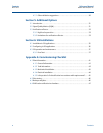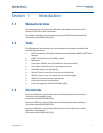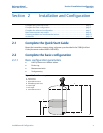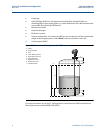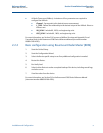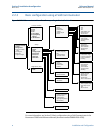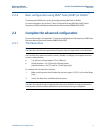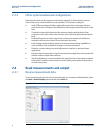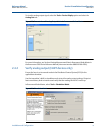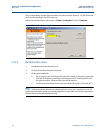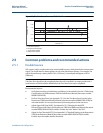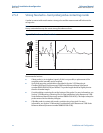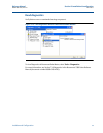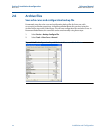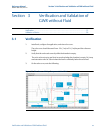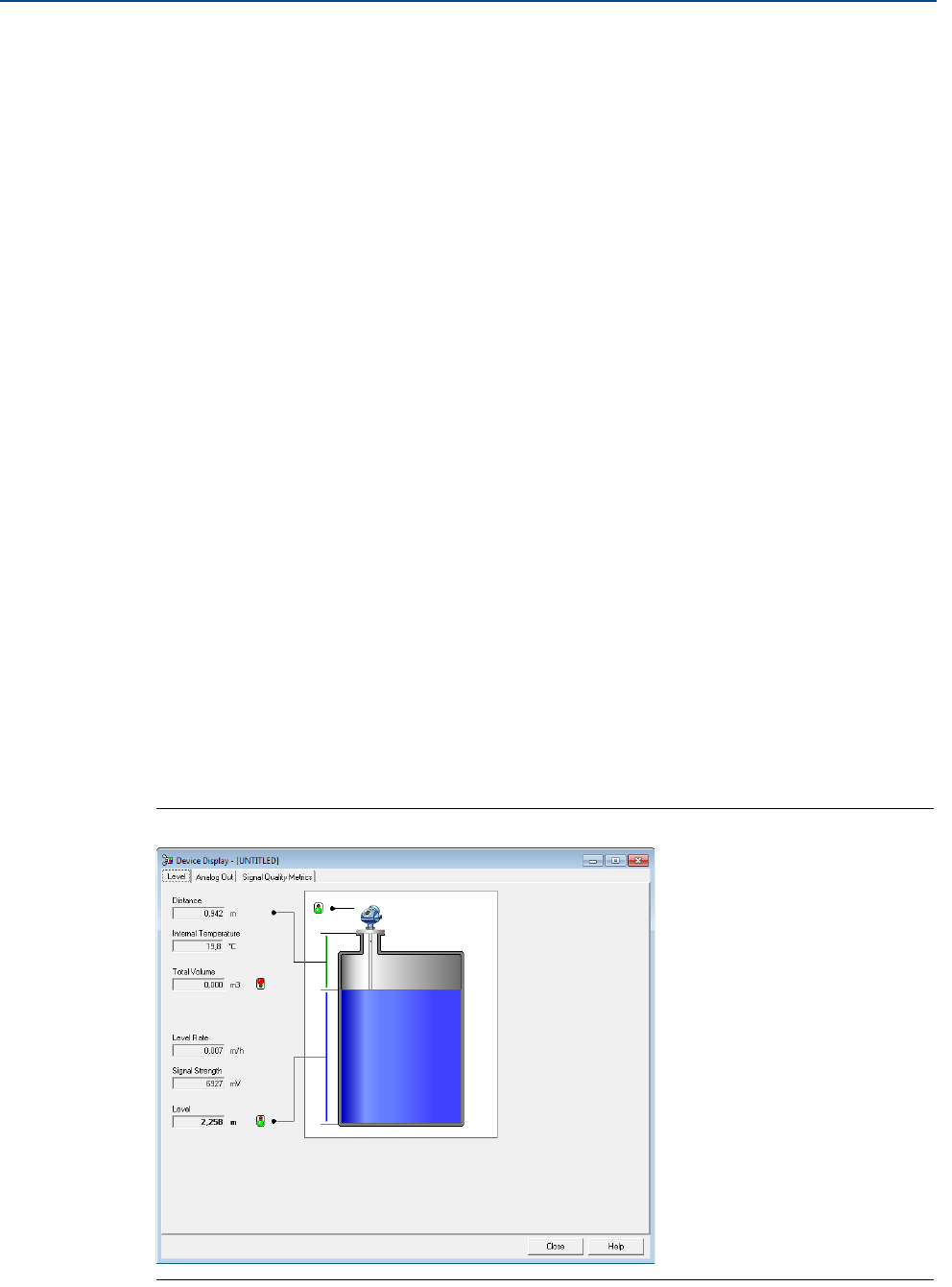
8
Reference Manual
00809-1600-4530, Rev AA
Section 2: Installation & configuration
March 2015
Installation and Configuration
2.3.2 Other optional advanced configurations
Other functions that may be required can be found in Appendix C of the reference manual.
Some of these may only be needed in certain conditions. This includes settings for:
Hold Off Distance/Upper Null Zone which defines how close to the upper reference
point a level value is accepted. This will block out false targets and measurements in this
area.
Threshold settings which determine the minimum signal amplitude limits of key
parameters such as the surface echo, interface echo, reference peak and end of probe
peak.
Probe End Projection is used to support the surface measurement in low dielectric
materials and when the surface is close to the end of the probe.
Echo tracking may be needed to enhance the measurement tracking capabilities in
some conditions such as rapid level changes or excessive turbulence
Dielectric constant settings may need adjustment in interface or saturated steam
applications.
Dynamic Vapor Compensation is used in saturated steam applications with a probe that
includes a steam compensation reflector.
Signal Quality Metrics are used to indicate the integrity of the surface signal compared
to the noise. It could be used to detect excessive coating on the probe or the presence
of some heavy foams.
2.4 Read measurements and output
2.4.1 Review measurement data
To view measurement data such as level, signal strength, etc. in Rosemount Radar Master, select
the Tools > Device Display option and select the Level tab.
Figure 2-4. Presentation of Measurement Data in Rosemount Radar Master



